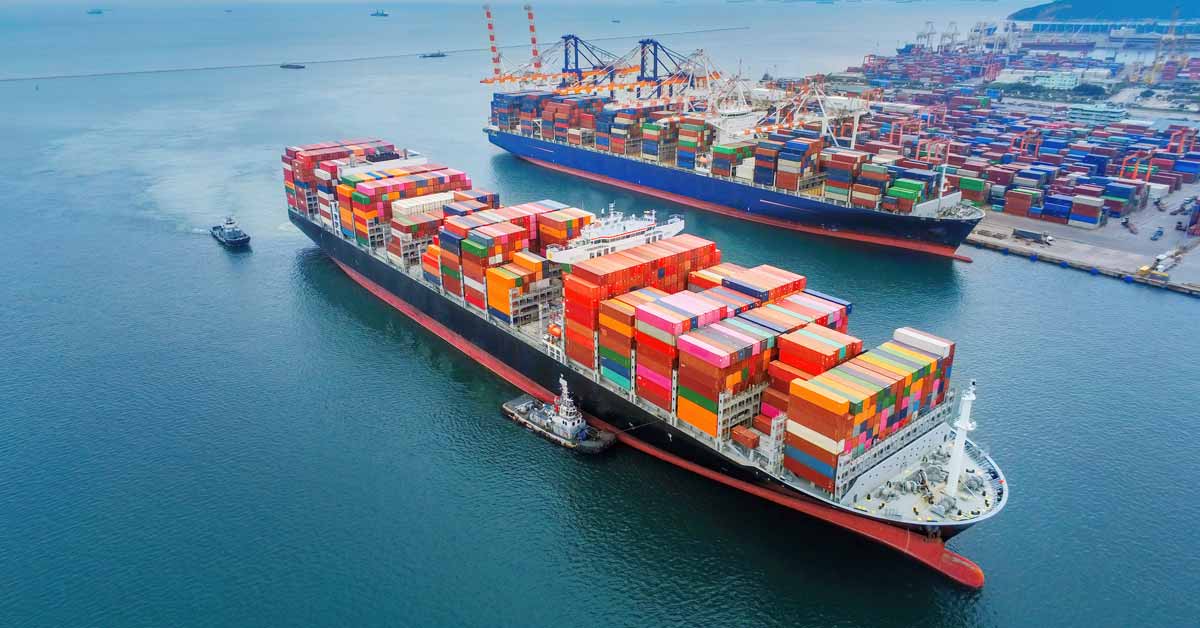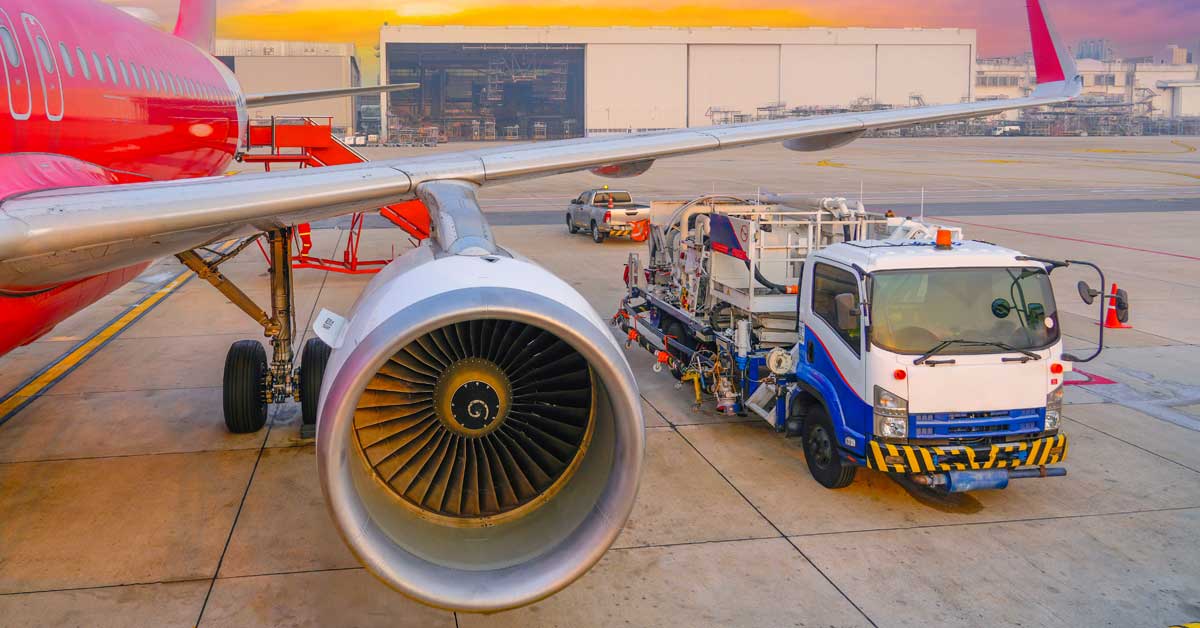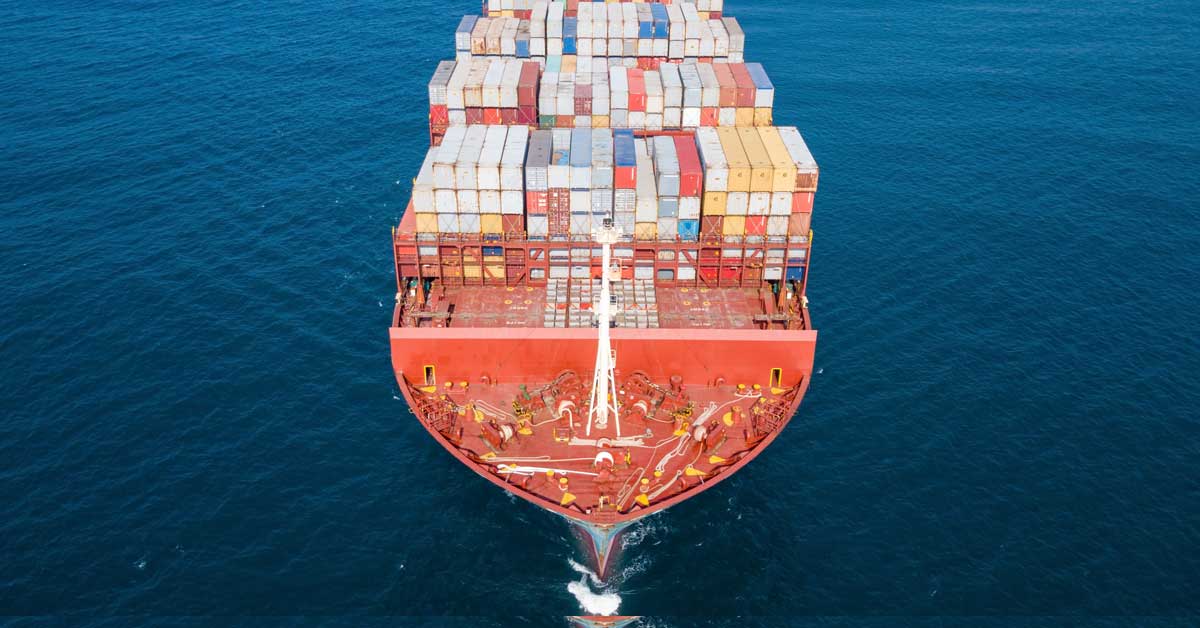2 min read
Powering China’s Ports with Green Methanol: The Rise of Bio-Bunkering
ResourceWise
:
Oct 17, 2025 9:28:27 AM

China’s ports are fast becoming a proving ground for the future of low-carbon shipping. In a major move toward the country’s “dual carbon” goals of peaking emissions before 2030 and reaching carbon neutrality by 2060, Veolia has signed a landmark Strategic Green Fuel Supply Cooperation Agreement with SIPG Energy (Shanghai) Co. and VENEX Company Limited.
The alliance aims to build a complete green methanol supply and distribution network. Doing so will effectively create an end-to-end ecosystem that connects production, storage, and bunkering.
The initiative signals a major leap forward in China’s effort to green its maritime energy infrastructure.
Building an Integrated Green Fuel Chain
The three partners each bring essential strengths to the table:
- Veolia contributes its global expertise in decarbonized energy systems and circular solutions.
- SIPG Energy, part of the Shanghai International Port Group, offers deep operational experience and infrastructure leadership across China’s busiest port.
- VENEX provides specialized knowledge in green methanol production and logistics.
Together, they are designing a coordinated framework to deliver renewable fuel solutions that can gradually replace fossil-based bunker fuels. The move will help to pave the way for a more sustainable port and shipping ecosystem.
From Strategy to Bunkering Reality
The partnership is more than an agreement on paper. It builds on real momentum already visible in Chinese ports.
Over the past year, methanol bunkering operations have expanded across Shanghai, Dalian, and Hainan, forming a north-south green fuel corridor:
- In July 2025, Dalian Port completed northern China’s first bonded green methanol bunkering operation. It supplies 500 tons of domestic methanol to the COSCO SHIPPING YANGPU, China’s first methanol dual-fuel container ship.
- Two months later, Shanghai COSCO Shipping Heavy Industry achieved another milestone by conducting the country’s first ship-to-ship (STS) methanol bunkering with locally built equipment.
- And in October, the Hai Gang Zhi Yuan vessel delivered 2,000 tons of methanol to the COSCO Shipping Gemini at the Changxing Island terminal.
All of these market movements show that methanol bunkering is moving from pilot to practice.
Scaling Up China’s Bio-Bunkering Potential
The collaboration positions Shanghai Port to evolve into a flagship green fuel hub, setting a model for other regions to follow. By aligning industrial know-how, infrastructure, and renewable fuel production, the initiative strengthens China’s capability to supply sustainable marine fuels at scale.
For Veolia, this partnership fits squarely within its GreenUp strategy to accelerate local energy transitions and deploy innovative decarbonization technologies. SIPG aims to transform Shanghai into a global leader in green fuel logistics. And VENEX will drive the production and management backbone needed to sustain this shift.
Industry observers see the tripartite effort as a blueprint for the bio-bunkering future. Low-carbon fuels like green methanol become not just an alternative, but the standard for maritime energy supply.
A Replicable Model for the Global Maritime Sector
As Gu Jinshan, President of the China Ports and Harbours Association noted, this initiative does more than serve local goals. It creates a model for how ports worldwide can transition toward sustainable operations. By closing the loop between production and bunkering, China is laying the groundwork for a robust, replicable system of low-carbon maritime fuel supply.
The message is clear: green methanol, and bio-bunkering more broadly, is expanding at a rapid rate. It’s a strategic pathway redefining how ports, shipping lines, and fuel producers can work together to decarbonize one of the world’s most critical industries.





